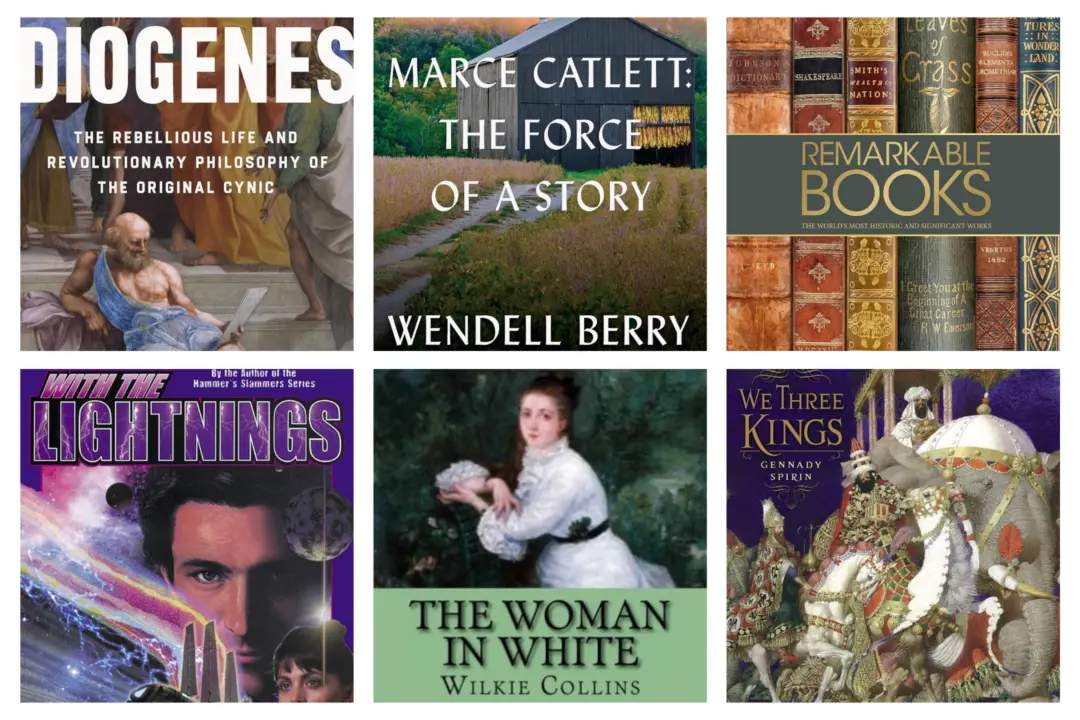In “Literature: An Introduction to Fiction, Poetry, and Drama,” the hefty volume once used by my Advanced Placement English Literature classes, X.J. Kennedy opens with a discussion of the fable. Naturally, he mentions that most famous practitioner of this genre, Aesop (circa 620–560 B.C.)
Little is known of the life of Aesop other than he was Greek—some debate his very existence—but many of the 584 fables attributed to him remain familiar to us to this day. Children still read or hear “The Tortoise and the Hare,” “The Boy Who Cried Wolf,” “The Fox and the Grapes,” and “The Dog and the Wolf.”






